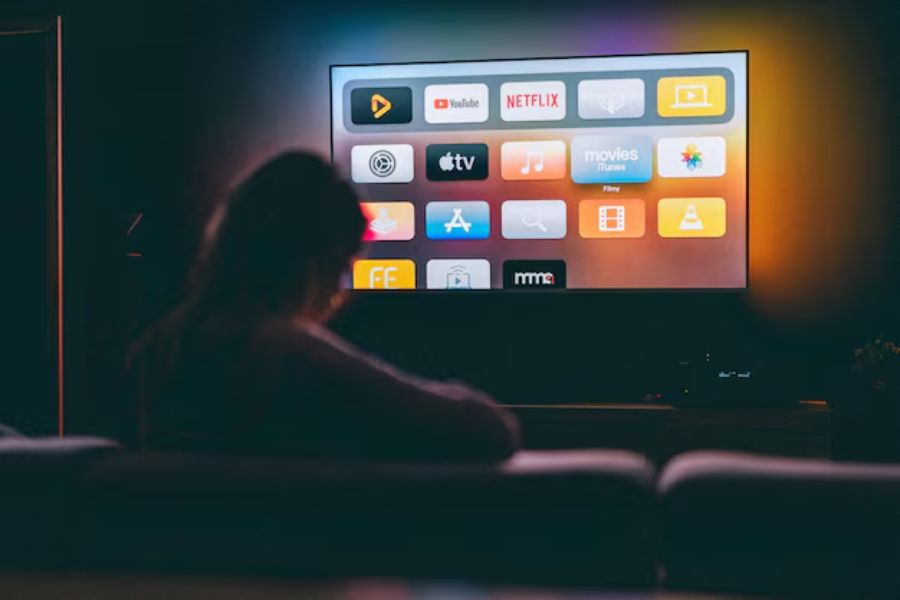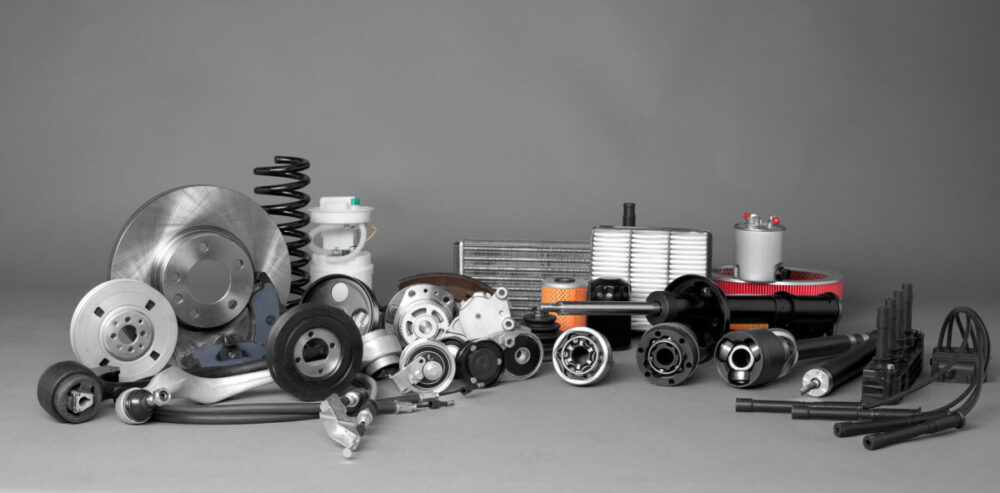In 2024, IPTV has gained widespread popularity as a more flexible, customizable alternative to traditional cable and satellite TV. It offers access to live channels, movies, and TV series through an internet connection rather than relying on cable or satellite signals.
If you’re ready to move away from outdated TV services and explore the world of IPTV, the process to set up your system is simple but requires the right tools.
Many people are unaware of what equipment and services are necessary to get started with IPTV. This guide will help you get up and running with the best IPTV solution for your needs in 2024.
Key Points:
- Choose the right IPTV provider.
- Ensure a reliable internet connection.
- Select a compatible device.
- Use an IPTV app for easy access.
- Configure your system properly.
- Understand the legal implications of IPTV services.
1. Choosing Your IPTV Provider

Selecting an IPTV provider is the first crucial step. You’ll find many options, but it’s important to pick one that offers reliability and quality content. Some IPTV services specialize in different regions, offering specific language channels or content tailored to particular countries.
For example, Sverige IPTV provides access to over 20,000 channels and 10,000 movies from all around the world, including top-quality streams up to 4K. Make sure you choose a provider with strong customer support, as troubleshooting can arise occasionally.
Always look for trial periods or short-term subscriptions before committing to a long-term plan. This way, you can test the service quality before making any major decisions. A strong IPTV provider will offer both live TV and on-demand content.
2. Internet Connection Requirements
Your internet connection plays a pivotal role in IPTV performance. A fast, stable connection ensures smooth streaming without buffering or lag. As a rule of thumb, you’ll need at least 10 Mbps for standard-definition streams, 25 Mbps for HD streams, and 50 Mbps or more for 4K content. Wired connections (Ethernet) provide a more stable signal compared to Wi-Fi, which is prone to interference.
Avoid using VPNs that slow down your connection unless the provider recommends one. Poor internet performance is one of the most common issues faced by IPTV users, so investing in a quality router can make a significant difference.
3. Choosing the Right Device
IPTV services work on various devices, including smart TVs, streaming boxes, smartphones, tablets, and computers. The most common devices used for IPTV include Amazon Fire Stick, Android TV boxes, and Apple TV. Each device has its benefits, but it’s important to ensure your chosen device supports the IPTV service you plan to use.
If you’re new to the service, the Amazon Fire Stick or an Android TV box is a good starting point. Both devices are budget-friendly and have a large range of IPTV apps available. However, if you’re an Apple user, Apple TV offers a sleek interface and integration with other Apple services.
4. Installing IPTV Apps

Once your device is ready, you’ll need to install an IPTV app that allows you to access content. Popular apps include IPTV Smarters, TiviMate, and Perfect Player. Each app comes with its own set of features, so pick one that best suits your needs.
Most IPTV providers supply M3U links or Xtream Codes that need to be entered into the app to access the content. This process is typically straightforward: open the app, navigate to the settings or playlist section, and input the credentials provided by your Internet Protocol TV service.
5. Configuring Your IPTV Service
Setting up IPTV doesn’t end with simply downloading an app and adding your service credentials. You’ll often need to configure additional options for a smooth experience. For example, you may want to adjust video quality settings based on your internet speed, enable subtitles, or organize channels into categories for easy navigation.
Many apps also allow you to record shows or download content for offline viewing. If your provider supports it, make sure to configure cloud storage or external hard drives for storing recorded programs.
6. Troubleshooting Common Issues
IPTV systems, though reliable, may encounter issues such as buffering, frozen screens, or audio-visual sync problems. If your stream buffers frequently, check your internet speed. Restarting your router can often resolve temporary connection issues. If audio and video are out of sync, adjusting the player’s settings may solve the problem.
Keep your device software updated to avoid performance issues. Outdated apps or firmware can result in glitches and crashes. Additionally, ensure that your device’s storage isn’t full, as this can cause slowdowns and interruptions during playback.
7. Legal Considerations

IPTV exists in a legal gray area. Some services are fully licensed to stream content, while others may provide access to copyrighted material without proper rights. Always ensure that the IPTV service you’re using complies with local regulations. Legitimate services will have transparent terms of service and clear legal documentation.
It’s crucial to avoid unlicensed providers. Besides being illegal, these services often provide low-quality streams, experience frequent outages, and may expose your device to malware. Always research the legality of the service in your region.
8. Finalizing the Installation
Once your system is set up, take some time to familiarize yourself with the interface. Most IPTV apps provide various viewing modes, such as grid layouts for channels or library views for on-demand content. Customize the app to your preferences, making navigation more efficient.
Set up parental controls if necessary, especially if children will be using the device. Some IPTV services offer age-based content filtering, which can block adult content or restrict certain categories from appearing in your listings.
With the right provider, device, and configuration, you can enjoy an enhanced TV experience that caters specifically to your needs.





